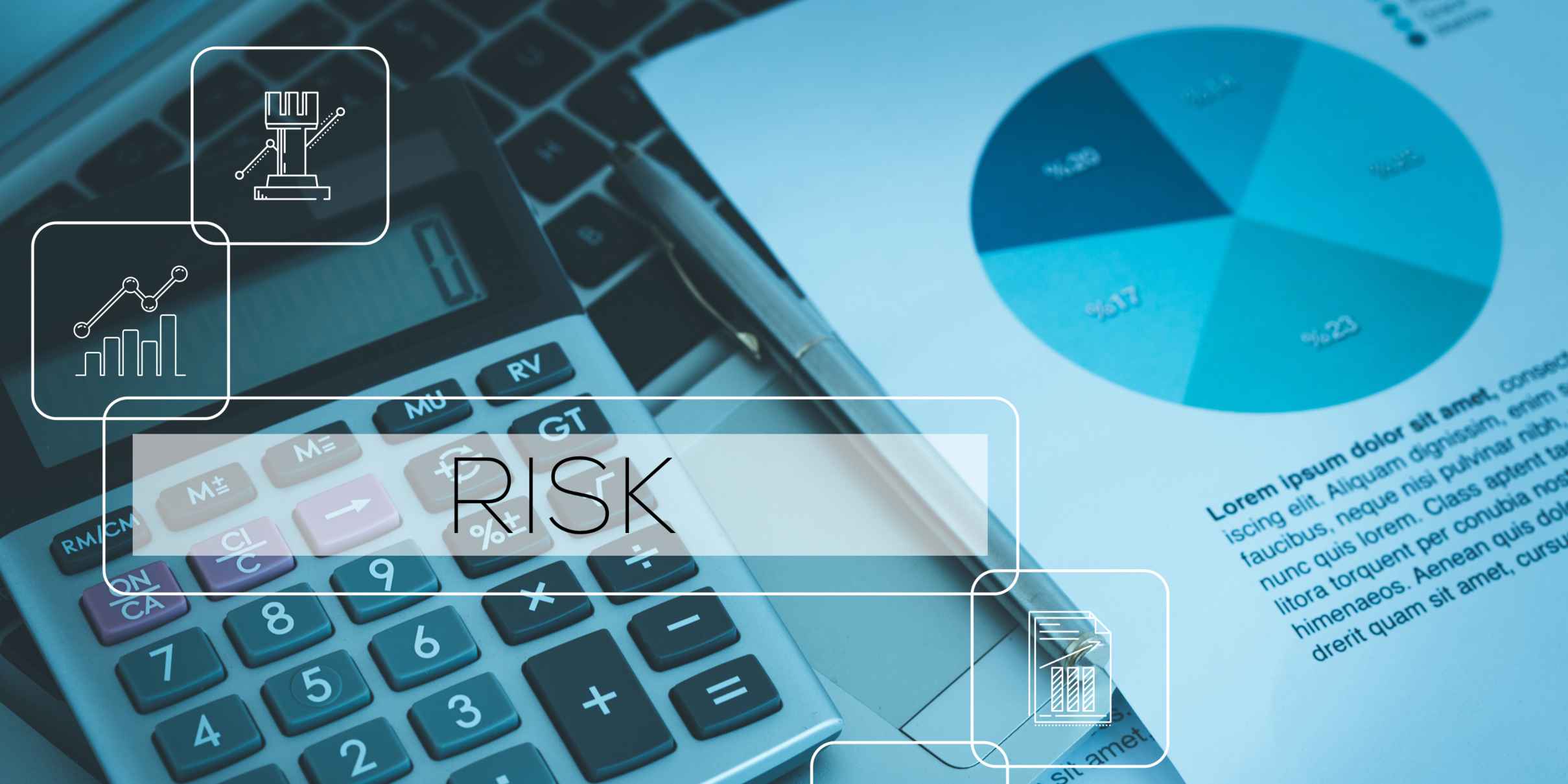Risk management delivers significant benefits to businesses by transforming potential threats into strategic advantages. It provides a structured framework for identifying, assessing, and mitigating risks that could impact business objectives. Effective risk management protects financial health, improves decision-making, supports regulatory compliance, and creates competitive advantages. By implementing robust risk management processes, businesses can move beyond simply avoiding negative outcomes to creating value through more informed strategic choices, operational efficiencies, and enhanced stakeholder confidence.
Understanding business risk management: Why does it matter?
Business risk management matters because it provides a systematic approach to identifying and addressing potential threats before they impact your organisation. It's the process of anticipating what could go wrong and having plans in place to minimise damage or capitalise on opportunities that might arise.
Risk management has evolved significantly over the years. What began as a defensive practice focused primarily on insurance and financial protections has transformed into a strategic business function that informs decision-making at all levels of an organisation.
Today, business risk management encompasses a wide range of potential threats, from financial and operational risks to strategic, compliance, and reputational concerns. This holistic approach recognises that risks are interconnected and require coordinated responses.
Modern risk management also acknowledges that not all risks are negative. Some uncertainties represent potential opportunities that, when managed effectively, can create competitive advantages and drive business growth.
When embedded throughout an organisation, risk management creates a culture of awareness and accountability. It ensures that teams across different functions share a common understanding of risk appetite and tolerance, leading to more consistent and aligned decisions.
How does effective risk management protect your financial health?
Effective risk management protects your financial health by identifying potential threats before they materialise and implementing strategies to minimise their impact. This proactive approach helps preserve assets, reduce unexpected losses, and maintain business stability even during challenging times.
At its core, risk management serves as an early warning system for financial threats. By systematically identifying risks, businesses can spot potential issues such as market downturns, supplier failures, or operational disruptions before they escalate into major financial problems.
One of the most significant financial benefits is the prevention of unexpected losses. When risks are anticipated and mitigated, businesses can avoid costs associated with emergencies, disruptions, and recovery efforts. This protection extends to physical assets, financial investments, and intellectual property.
Risk management also contributes to business continuity by ensuring that operations can continue despite setbacks. This stability is crucial for maintaining revenue streams, meeting obligations to stakeholders, and preserving market position during difficult periods.
Additionally, effective risk management often leads to lower insurance premiums and improved access to capital. When lenders and insurers see that a business has robust risk controls in place, they typically offer more favourable terms, further strengthening financial health.
Can risk management improve your decision-making process?
Yes, risk management significantly improves your decision-making process by providing structured data and analysis that leads to more informed choices. When risks are systematically evaluated, leaders gain clearer insights into potential outcomes and can make decisions with greater confidence and precision.
Risk management transforms decision-making from gut-based judgments to data-driven insights. By quantifying potential impacts and probabilities, it creates a common language for evaluating options and comparing different courses of action.
This structured approach is particularly valuable when evaluating new opportunities. Rather than focusing solely on potential returns, risk-informed decision-making weighs benefits against potential downsides, leading to more balanced assessments and realistic expectations.
Risk management also improves decision quality by reducing cognitive biases. The systematic nature of risk assessment helps counteract tendencies toward overconfidence, confirmation bias, and other mental shortcuts that can lead to poor decisions.
Moreover, when risk management is embedded in organisational processes, it creates a consistent framework for decisions across different departments and levels. This alignment ensures that individual decisions support rather than undermine overall business objectives.
How does risk management support regulatory compliance?
Risk management supports regulatory compliance by creating systematic processes to identify, assess, and mitigate compliance risks before they result in violations. An integrated approach to risk and compliance ensures that regulatory requirements are embedded into business operations rather than treated as separate activities.
Effective risk management begins with a clear understanding of the regulatory landscape relevant to your business. This includes mapping applicable laws, regulations, and industry standards to specific business activities and identifying where compliance gaps might exist.
By taking a risk-based approach to compliance, businesses can prioritise their efforts based on potential impact rather than treating all requirements equally. This focuses resources on the most critical areas, improving both efficiency and effectiveness.
Risk management also supports compliance through systematic monitoring and testing. Regular assessments verify that controls are working as intended and quickly identify areas where remediation may be needed before they become compliance issues.
Perhaps most importantly, an integrated approach to risk and compliance reduces duplication of effort and creates operational efficiencies. Rather than managing separate processes for different regulations, businesses can address overlapping requirements together, reducing compliance costs while improving overall effectiveness.
What competitive advantages can you gain through risk management?
Risk management creates competitive advantages by building organisational resilience, enhancing stakeholder trust, and enabling faster responses to market changes. Companies with mature risk management capabilities can navigate uncertainties more effectively than competitors, turning potential disruptions into opportunities for growth.
One of the most significant competitive advantages comes from business resilience. Companies with robust risk management can weather storms that might severely damage or even destroy less prepared competitors, allowing them to maintain operations and capitalise on market gaps that emerge during disruptions.
Risk management also strengthens stakeholder confidence. Customers, investors, and partners are increasingly concerned about organisational stability and risk readiness. Demonstrating strong risk management capabilities can attract and retain these key relationships better than competitors.
The reputation benefits of effective risk management cannot be overstated. By preventing incidents that could damage brand perception, businesses maintain market position and customer loyalty that might otherwise be compromised.
Additionally, risk-aware organisations can respond more quickly to market changes and emerging opportunities. By continuously scanning the environment for both threats and opportunities, they can adapt strategies faster than competitors who lack this forward-looking perspective.
Key takeaways: Transforming risk management into strategic value
The benefits of risk management extend far beyond simply protecting against negative outcomes. When implemented effectively, risk management becomes a value creator that enhances decision quality, improves operational efficiency, and builds competitive advantages.
By moving from reactive to proactive risk management, businesses gain the clarity and confidence to pursue opportunities that others might avoid. This strategic approach transforms uncertainty from something to fear into a potential source of advantage.
The most successful risk management programs share common characteristics: they're embedded throughout the organisation, aligned with business objectives, and supported by the right combination of people, processes, and technology.
At Cerrix, we help organisations achieve these benefits through our integrated GRC tooling. By centralising risk data and automating compliance processes, we enable businesses to move from spreadsheet-based workflows to real-time insights that support strategic decision-making.
Ultimately, the true benefit of risk management isn't just avoiding problems—it's creating the conditions for sustainable success in an increasingly complex and uncertain business environment. To learn more about how we can help your organization, request a demo today.
From Fragmented Risk Data to Integrated Risk Management
Accessible popup
Welcome to Finsweet's accessible modal component for Webflow Libraries. This modal uses custom code to open and close. It is accessible through custom attributes and custom JavaScript added in the embed block of the component. If you're interested in how this is built, check out the Attributes documentation page for this modal component.


.jpg)
%20(1).jpg)
.jpg)
.jpg)
.jpg)
.jpg)
%20(1).jpg)
.jpg)
%20(1).jpg)
.jpg)
.jpg)

.jpg)
.jpg)





.jpg)

%20(2).jpg)















%20(1)%20(2).jpg)





.jpg)

.png)
.jpg)






%20(1).avif)



